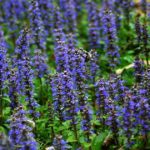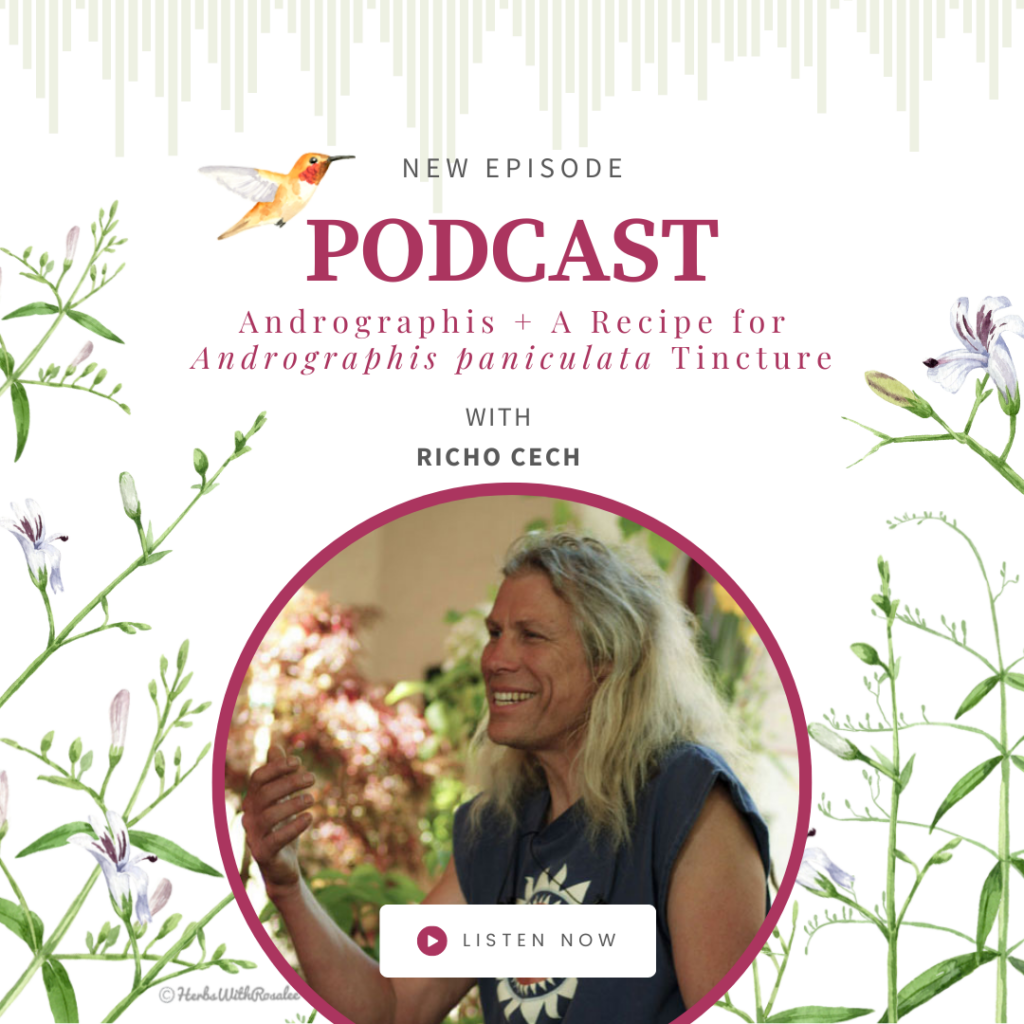Where and How to Grow an Herbal Groundcover
The urge to muck about and create plant habitat goes hand-in-hand with the urge to grow more and more species of plants that need individualized growing conditions. As your species list increases, you will probably feel motivated to prepare specific plant habitats. After all, making your plants happy is a way to spread a groundcover of happiness into yourself….


